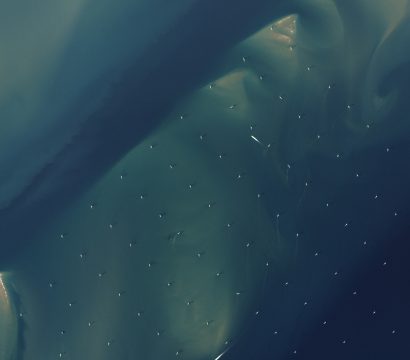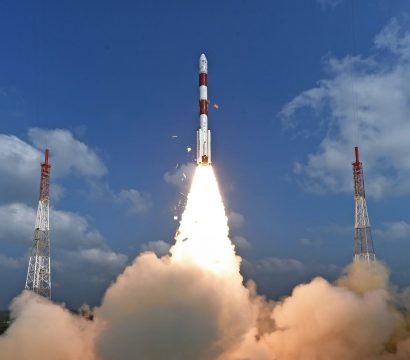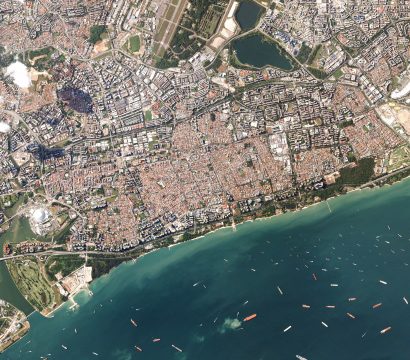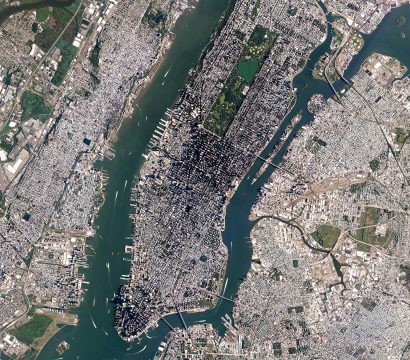Chin Lakes, Alberta Jun 06, 2015
Why Satellite Data Is Asia-Pacific’s Greatest Ally in 2025
Planet is turning 15 in the year 2025, and as a leading provider of satellite imagery and data analysis, one thing has remained constant for us: change. Over the years, we have witnessed rapid changes through the lens of our…...
Continue Reading
PLANET PULSE
Monitoring the pulse of our planet with daily news and imagery, stories, and tech updates.
Stories
AI-enabled Insights from Publications Leveraging Planet Data
Planet AI Symposium Curious to learn more on how the combination of AI and Planet's satellite data is helping to build a more sustainable and resilient world? Join us on, Thursday, January 30th for the Planet AI Symposium where industry…
CONTINUE READINGNews
Industry Leaders Join Planet AI Symposium: A Virtual Event Exploring the Future of “Geospatial Artificial Intelligence”
Today, we are proud to launch the Planet AI Symposium, a virtual event where leading experts join Planet to discuss the future of artificial intelligence. This event explores how the intersection of AI and Earth observation data could help build…
CONTINUE READINGTechnology
How Planet's Distinctive Approach to Global Monitoring Sets a New Standard for Defense Analysts
Learn how broad area management with Planet helps defense analysts continually monitor change across every region of interest. Global military spending swelled to $2.24 trillion in 2023, according to analysis by the Stockholm International Peace Research Institute (SIPRI). “The unprecedented…
CONTINUE READINGDiscover how daily imagery brings insights for meaningful change
GO TO PLANET INSIGHTSstories
Protecting Queensland’s Natural Resources with Satellite Imagery
Queensland is home to nearly 5 million citizens and some of the earth’s most delicate ecosystems. At 1.8 million square kilometers, the region contains rare earth resources, unique biodiversity and sensitive coastlines neighboring the Great Barrier Reef. Protecting this vast natural landscape is the challenge of Queensland’s Department of Natural Resources and […]
CONTINUE READINGtech
Python Client Now Supports Planet Data API
Good news for developers: new versions of our Python and JavaScript clients are now available for use! Both have been upgraded to support Planet’s Data API—the API on which we built Planet Explorer and through which we serve PlanetScope, RapidEye, Landsat8, and Sentinel-2 data. In providing these two projects, we want to […]
CONTINUE READINGnews
An Insider’s Look at a Record-Breaking Launch
In February, we launched the 88 satellites of Flock 3p into space—the largest constellation of satellites to ever launch on a single rocket. On launch night, we invited our friends, family, and loved ones to watch a livestream of the record-breaking launch along with us. Take a look inside Planet’s San Francisco […]
CONTINUE READINGtech
Experimenting with the Deep Data Stack: Ship Counting
Planet is all about scale. Our satellites are small but numerous, the scale of our pixels ranges from 3 to 5 meters, and we’ve built some seriously scalable infrastructure to put 150 million square kilometers of imagery on the web every day. Mission accomplished, right?! Turns out you need good tools to […]
CONTINUE READINGstories
Automating Change Detection with Exogenesis
Planet’s bringing down terabytes of imagery every day. With an archive this large, spotting change needs to be fast and accurate. Conducting manual analysis can provide reliable results, but requires tedious and time-intensive image interpretation. To produce change insights at speed and scale, automation is needed. But what constitutes change? Any two […]
CONTINUE READING




